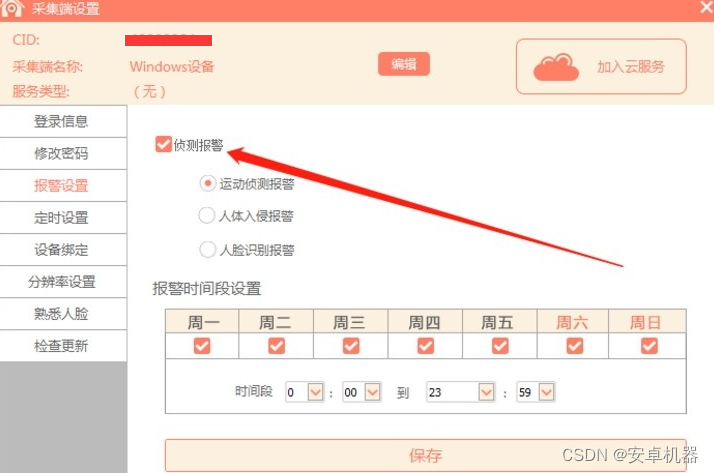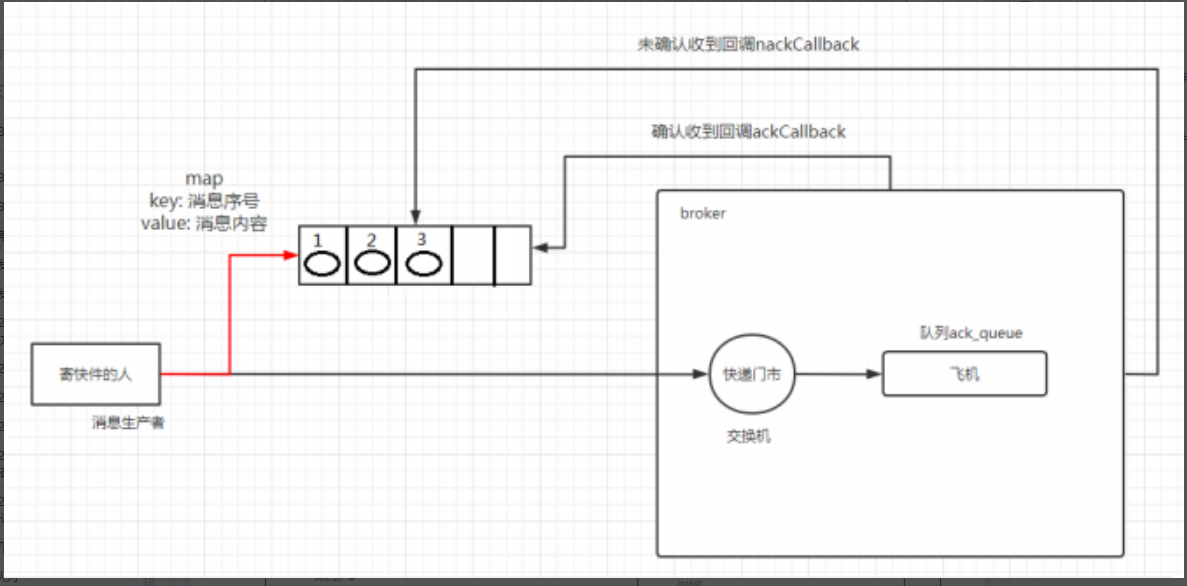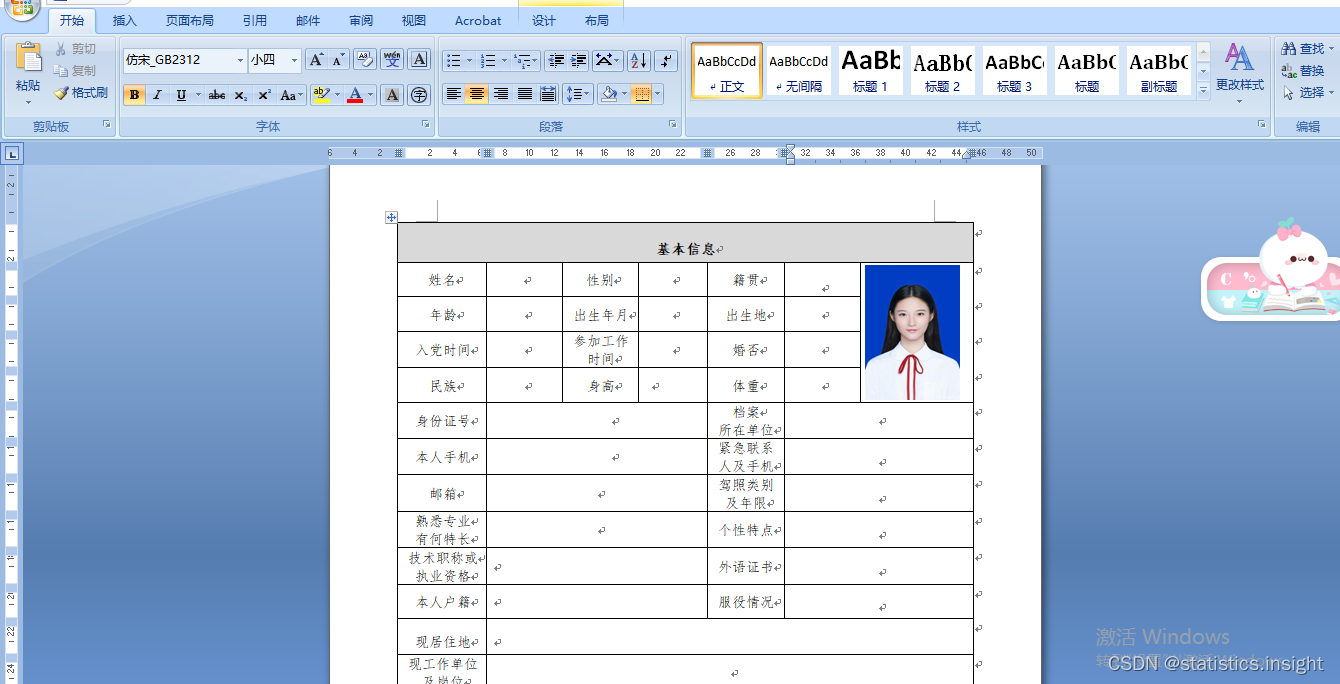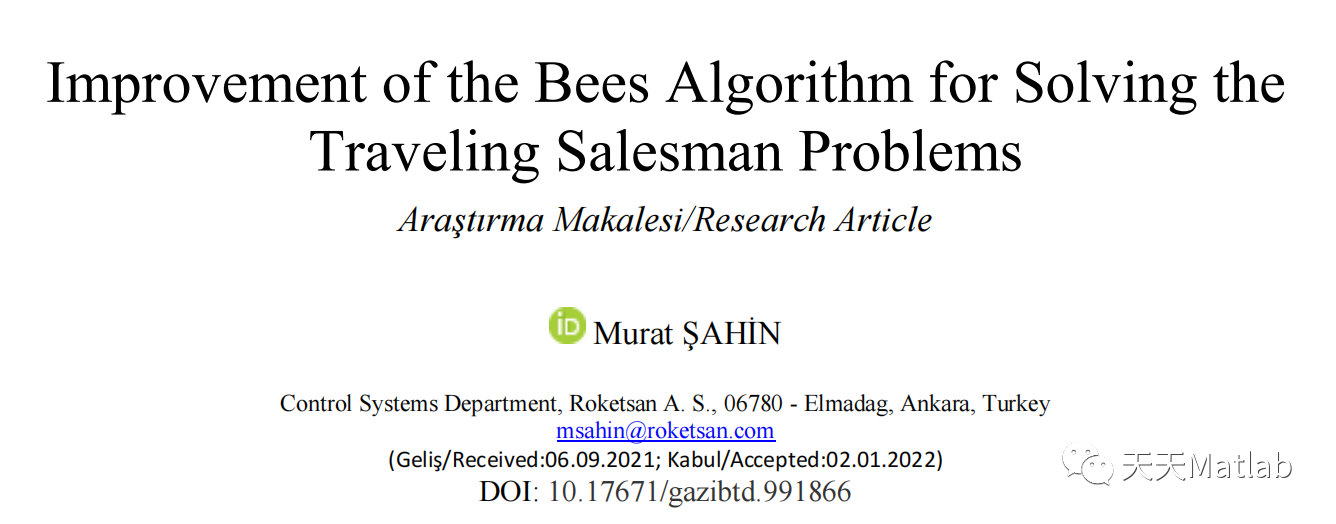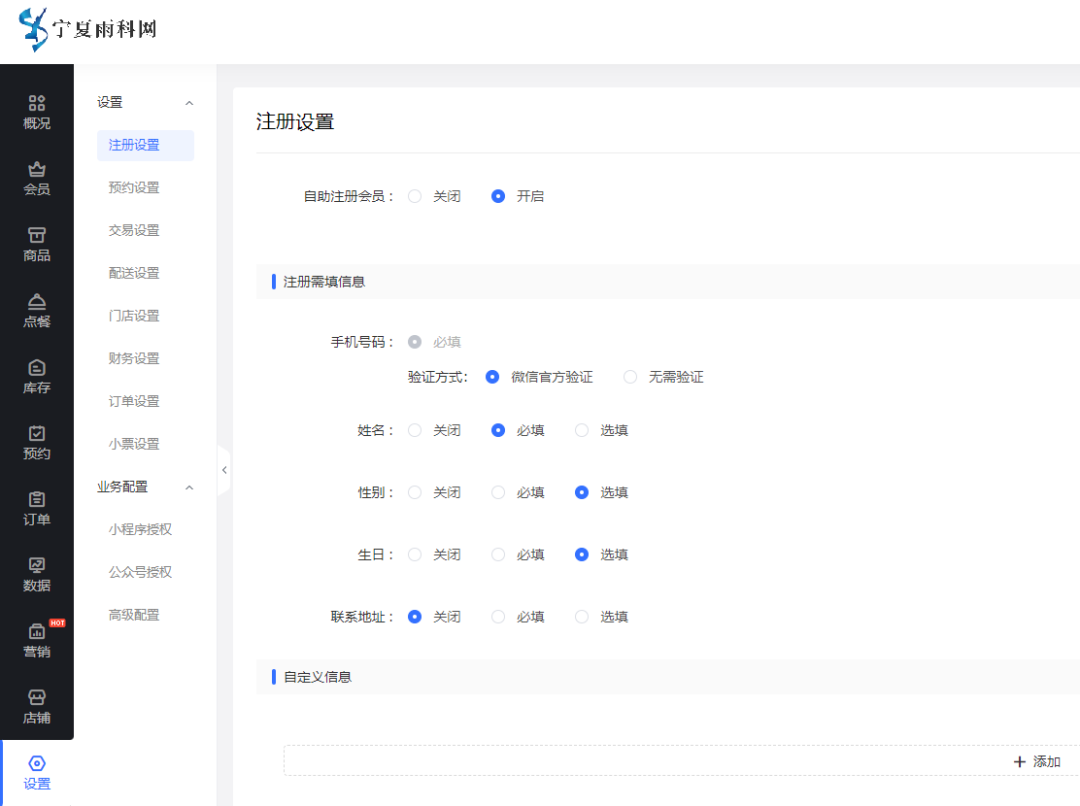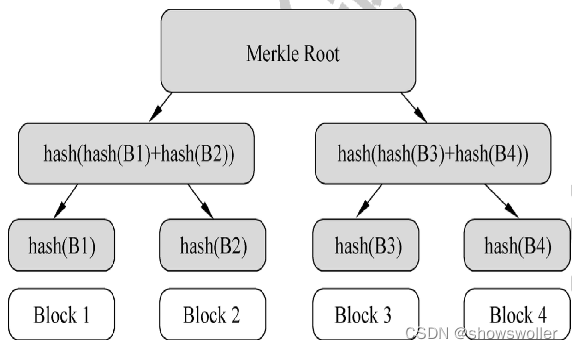
Language语言
Example of a simile from The Hunger Games, Suzanne Collins
《饥饿游戏》中的比喻例子,苏珊娜-柯林斯的作品
When talking about language in prose fiction, there are a number of things you could look for:
在谈论散文小说的语言时,你可以通过一些内容找到。
literary techniques, for example similes and metaphors
文学技巧,例如比喻和隐喻
other language techniques, for example emotive language, hyperbole or terms of address
其他语言技巧,如情感语言、夸张或称呼等
connotations of particular word choices
特定词汇选择的内涵
language choices within dialogue, for instance if dialect is used to reveal more about a character
对话中的语言选择,例如,是否使用方言来揭示一个人物的更多信息
types of words used in the text, for example adjectives , nouns, verbs, adverbs
文本中使用的词的类型,例如形容词、名词、动词、副词。
Many words can be understood in different ways:
许多词可以用不同的方式来理解
denotations - their dictionary meaning
定义--其字典上的含义
connotations - the ideas they link to
内涵--它们所联系的思想
For example, the word 'desk' literally denotes a table, but it has connotations of work and study.
例如,"书桌 "一词从字面上看是指一张桌子,但它有工作和学习的内涵。
Words can reveal a theme, such as death, or love, or create a particular mood in a section of the narrative.
词语可以揭示一个主题,如死亡,或爱情,或在叙事的某个部分创造一种特殊的情绪。
Patterns in Language语言中的模式
It’s useful to look for any patterns in the language chosen by the writer, as these patterns may suggest important themes or deeper meanings beyond the obvious. For example:
在作者选择的语言中寻找一些模式是很有用的,因为这些模式可能暗示重要的主题或超越明显的深层含义。比如说。
Is there a particular semantic field used by the writer? (For example words linked to the military or hospitals.)
作者是否有一个特殊的语义领域?(例如与军队或医院有关的词语。)
Does the writer repeat any ideas or images? (These could act as a motif in the text.)
作者是否重复任何想法或图像?(这些可以作为文本中的一个主题。)
Does the writer favour a particular type of word? (For example using lots of abstract nouns like dream, love, peace, friendship.)
作者是否偏爱某种类型的词语?例如,使用大量的抽象名词,如梦想、爱、和平、友谊。
Can words or phrases from different parts of the text be linked in some way?
文本中不同部分的词或短语能否以某种方式联系起来?
Literary techniques
Writers might include literary techniques to add depth and colour to their writing.
文学技巧
作家可能包括文学技巧,以增加其写作的深度和色彩。
Here are some literary techniques a writer might choose to use in a text:
以下是作家可能选择在文本中使用的一些文学技巧。
When you identify a literary technique or other language devices in a text, think about how they might be linked to a theme, setting or character.
当你发现文本中的文学技巧或其他写作手法时,请思考它们如何与主题、环境或人物相联系。
Example
In this opening from Margaret Atwood’s novel Alias Grace, the main character Grace describes a dream-like vision.
What is the effect of the language choices in this extract?
例子
在玛格丽特-阿特伍德的小说《别名格蕾丝》的这个开头中,主人公格蕾丝描述了一个如梦如幻的场景。
这段摘录中选择的语言有什么作用?
Out of the gravel there are peonies growing. They come up through the loose grey pebbles, their buds testing the air like snails’ eyes, then swelling and opening, huge dark-red flowers all shining and glossy like satin. Then they burst and fall to the ground.
In the one instant before they come apart they are like the peonies in the front garden at Mr. Kinnear’s, that first day, only those were white. Nancy is cutting them. She wore a pale dress with pink rosebuds and a triple-flounced skirt, and a straw bonnet that hid her face. She carried a flat basket, to put the flower in; she bent from the hips like a lady, holding her waist straight. When she heard us and turned to look, she put her hand up to her throat as if startled.
Analysis notes分析
The frequent use of ‘ing’ verbs in the opening paragraph gives the flowers a sinister energy and movement: “…growing…testing…swelling…opening…shining…”.
开篇频繁使用 "ing "动词,给花朵带来了阴险的能量和运动。"......成长......测试......膨胀......开放......闪耀......"。
The writer’s choice of language to describe the flowers gives the setting a dream-like appearance.
作者选择了描述花朵的语言,使环境呈现出梦幻般的色彩。
The strange simile “...testing the air like snails’ eyes…” adds to the dream-like feel.
奇怪的比喻"......像蜗牛的眼睛一样试探着空气...... "增加了梦幻般的感觉。
The motif of the peonies seems particularly important and the writer gives them a symbolic significance. For example, the peonies at the start are "dark-red", but in the next paragraph "…those were white."
牡丹花的主题似乎特别重要,作者赋予了它们象征性的意义。例如,一开始的牡丹是 "暗红色的",但在下一段"......那些是白色的"。
The white peonies, perhaps symbolising innocence, are linked to the character of Nancy. This image of innocence is reinforced by the "pale dress with pink rosebuds."
白色的牡丹花,也许象征着纯真,与南希的性格有关。这种纯真的形象通过 "带有粉色玫瑰花蕾的淡色衣服 "得到了加强。
The character of Nancy has her clothes described in detail: “..triple-flounced skirt, and a straw bonnet…” This links to the simile “…like a lady…” and suggests that the character of Nancy is elegant and well-dressed.
南希这个人物的衣服有详细的描述。"......三褶裙,还有一顶草帽......" 这与"......像一位女士...... "的比喻相联系,表明南希的性格是优雅和衣着得体的。
The flowers are linked to the feminine here, but there is also a sinister mood linked to the red peonies. This sinister mood is reinforced by the phrase “…as if startled.”
花朵在这里与女性相联系,但也有一种与红牡丹相联系的阴险气氛。这种险恶的气氛通过"......仿佛被吓了一跳 "这句话得到了加强。
The calm image of a woman cutting flowers in contrasted with the disturbing image of the red peonies. The effect may unsettle the reader.
一个女人剪花的平静形象与红牡丹的令人不安的形象形成对比。这种效果可能使读者感到不安。
Structure of fiction texts小说文本的结构
Structure can refer to the order of words and ideas within:
结构可以指词语和思想在其中的顺序。
a sentence
a paragraph
an extract
a whole text
一句话
一个段落
一段摘录
整篇文章
Think about the effect the structure creates; remember to focus on how the reader responds to the structure of the text. Consider how the writer is using structure to manipulate the reader’s response.
思考结构产生的效果;记住要关注读者对文本结构的反应。考虑作者是如何利用结构来操纵读者的反应的。
Questions to consider:
Where does this extract fit into the longer text – is it an opening or ending?
Why are the paragraphs ordered in the way they are?
How does the focus of each paragraph change?
Is it important for the reader to know certain bits of information before they get to the next part of the text?
Are there any links between the beginning and the end of the text?
Are there any repeated images?
Is there a significant change in an attitude, character or setting?
Is there a change of perspective?
需要考虑的问题。
这段摘录在文中处于什么位置--是开头还是结尾?
为什么这些段落是以这样的方式排列的?
每个段落的重点是如何变化的?
对读者来说,在进入文本的下一部分之前,知道某些信息是否很重要?
文本的开头和结尾之间有什么联系吗?
是否有任何重复的图像?
态度、人物或环境是否有重大变化?
是否有视角的改变?
Some structural devices within prose fiction
Repetition – of words, phrases or whole sentences.
Connectives – eg meanwhile, finally, although. These could be used to shift the reader’s focus.
Sentence types – eg multi-clause or single clause. For example, a multi-clause sentence could be used to build up layers of description to create a vivid setting.
Sentence length – eg short to show tension.
Paragraph length – eg single line paragraphs to focus the reader.
Change of tense – eg from present to past.
Narrative structure
Fictional narratives may also follow an overall structure, which may fit broadly into typical stages.
Exposition – the setting of the scene for the reader, this could be a description of setting or the backstory of a character.
Crisis point or climax – an exciting or tense part of the text.
Resolution – the conclusion of the narrative, where conflicts are resolved or meaning is revealed.
散文小说中的一些结构性手段
重复--单词、短语或整个句子的重复。
连接词--例如,同时、最后、虽然。这些可以用来转移读者的注意力。
句子类型--如多句或单句。例如,一个多句子的句子可以用来建立描述的层次,创造一个生动的环境。
句子长度--如短句以显示紧张。
段落长度--如单行段落,使读者集中注意力。
时态的变化--如从现在到过去。
叙事结构
小说叙事也可能遵循一个整体结构,大致可分为几个典型阶段。
论述--为读者设置场景,这可能是对环境的描述或某个人物的背景故事。
危机点或高潮--文本中令人兴奋或紧张的部分。
决议--叙述的结论,冲突得到解决或意义得到揭示。
In a short extract, only one or two of these of these stages might be evident. For example, if the extract is from the opening of a short story there may only be an exposition stage.
在一个简短的摘录中,这些阶段中可能只有一个或两个是明显的。例如,如果摘录的是一个短篇小说的开头,可能只有一个论述阶段。
These stages are not always in this order; a writer may choose to begin with a climax or crisis point.
这些阶段并不总是按照这个顺序进行;作家可能会选择以高潮或危机点开始。
Example
例子
This extract is taken from the end of a short story called The Tell Tale Heart by Edgar Allan Poe. In this section the narrator is convinced he can hear the beating heart of his murdered victim under the floor boards.
本节选自埃德加-爱伦-坡的短篇小说《故事的心》的结尾。在这一节中,叙述者确信他能听到被害人在地板下跳动的心脏。
How has the writer structured this text to increase the sense of tension?
作者是如何安排这段文字以增加紧张感的?
No doubt I now grew very pale; but I talked more fluently, and with a heightened voice. Yet the sound increased -- and what could I do? It was a low, dull, quick sound -- much such a sound as a watch makes when enveloped in cotton. I gasped for breath -- and yet the officers heard it not. I talked more quickly -- more vehemently; but the noise steadily increased. I arose and argued about trifles, in a high key and with violent gesticulations; but the noise steadily increased. Why would they not be gone? I paced the floor to and fro with heavy strides, as if excited to fury by the observations of the men -- but the noise steadily increased. Oh God! what could I do? I foamed -- I raved -- I swore! I swung the chair upon which I had been sitting, and grated it upon the boards, but the noise arose over all and continually increased. It grew louder -- louder -- louder! And still the men chatted pleasantly, and smiled. Was it possible they heard not? Almighty God! -- no, no! They heard! -- they suspected! -- they knew! -- they were making a mockery of my horror! -- this I thought, and this I think. But anything was better than this agony! Anything was more tolerable than this derision! I could bear those hypocritical smiles no longer! I felt that I must scream or die! and now -- again! -- hark! louder! louder! louder! louder!
"Villains!" I shrieked, "dissemble no more! I admit the deed! -- tear up the planks! here, here! -- It is the beating of his hideous heart!"
The Tell Tale Heart, Edgar Allan Poe
Analysis
分析
The structure of the text allows the reader to share the narrator’s increased agitation.
该文的结构使读者能够分享叙述者越来越激动的情绪。
In the first long paragraph the writer builds the tension, as the narrator’s emotions become more extreme.
在第一长段中,作者营造了紧张气氛,因为叙述者的情绪变得更加极端。
The whole first paragraph has the structure of a fragmented thought process to show the narrator’s disturbed mind. The multi-clause sentences further enhance the impression of this frantic mind. The frequent use of dashes also adds to the feeling of broken and jumping thoughts, “I gasped for breath -- and yet the officers heard it not. I talked more quickly -- more vehemently…”
整个第一段的结构是一个零散的思维过程,以显示叙述者不安的心态。多句式的句子进一步加强了这种疯狂的思维的印象。破折号的频繁使用也增加了思想破碎和跳跃的感觉,"我喘着粗气--然而警官们没有听到。我说得更快--更激烈......"
The calm, simple sentence “And still the men chatted pleasantly and smiled…” shows the reader that this frantic energy is confined to the mind of the narrator.
平静、简单的句子 "而那些人仍然愉快地聊天,微笑着...... "向读者表明,这种疯狂的能量只限于叙述者的头脑。
This is linked to later in the paragraph the narrator mentions their “…hypocritical smiles…”, further emphasising the paranoia of the character.
这与本段后面叙述者提到的他们"......虚伪的微笑...... "相联系,进一步强调了这个人物的偏执狂。
The repetition of the personal pronouns ‘I’ and ‘they’ at the start of sentences shows the narrator’s focus and intensity.
人称代词 "我 "和 "他们 "在句子开头的重复显示了叙述者的专注和紧张。
The writer uses punctuation to structure the narrator’s changing emotional state, at first question marks are used frequently, “What could I do?” is repeated to show his desperation.
作者用标点符号来组织叙述者不断变化的情绪状态,一开始频繁使用问号,"我能做什么?"被重复使用以显示他的绝望。
The abundance of exclamation marks later in the paragraph show his extreme emotion, as he loses the little control he had - “no, no! They heard! -- they suspected! --they knew! --they were making a mockery of my horror!”
本段后面大量的感叹号显示了他的极端情绪,因为他失去了他所拥有的一点控制力--"不,不!他们听到了!"。他们听到了! --他们怀疑! --他们知道! --他们在嘲弄我的恐怖!"
The dramatic repetition of “…louder! louder! louder! louder!...” gives a manic impression of the narrative voice and increases the tension for the reader.
戏剧性的重复"......大声点!大声点!大声点!...... "给人一种狂躁的叙述声音的印象,增加了读者的紧张。
The resolution in the text is reached in the final paragraph, when the narrator manically confesses his crime, “I admit the deed!”
文中的决议是在最后一段达成的,当叙述者狂躁地承认他的罪行时,"我承认这个行为!"
The use of dialogue here breaks the tension of the narrator’s thoughts and leads to a final climax of emotion.
这里使用的对话打破了叙述者思想的紧张,并导致了最后的情感高潮。
The alliterative “…hideous heart.” makes a gruesome, dramatic final impression on the reader.
头韵"......狰狞的心。"给读者留下了可怕的、戏剧性的最后印象。

